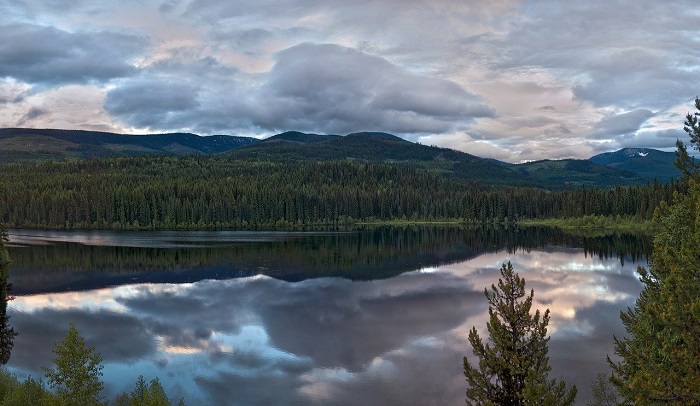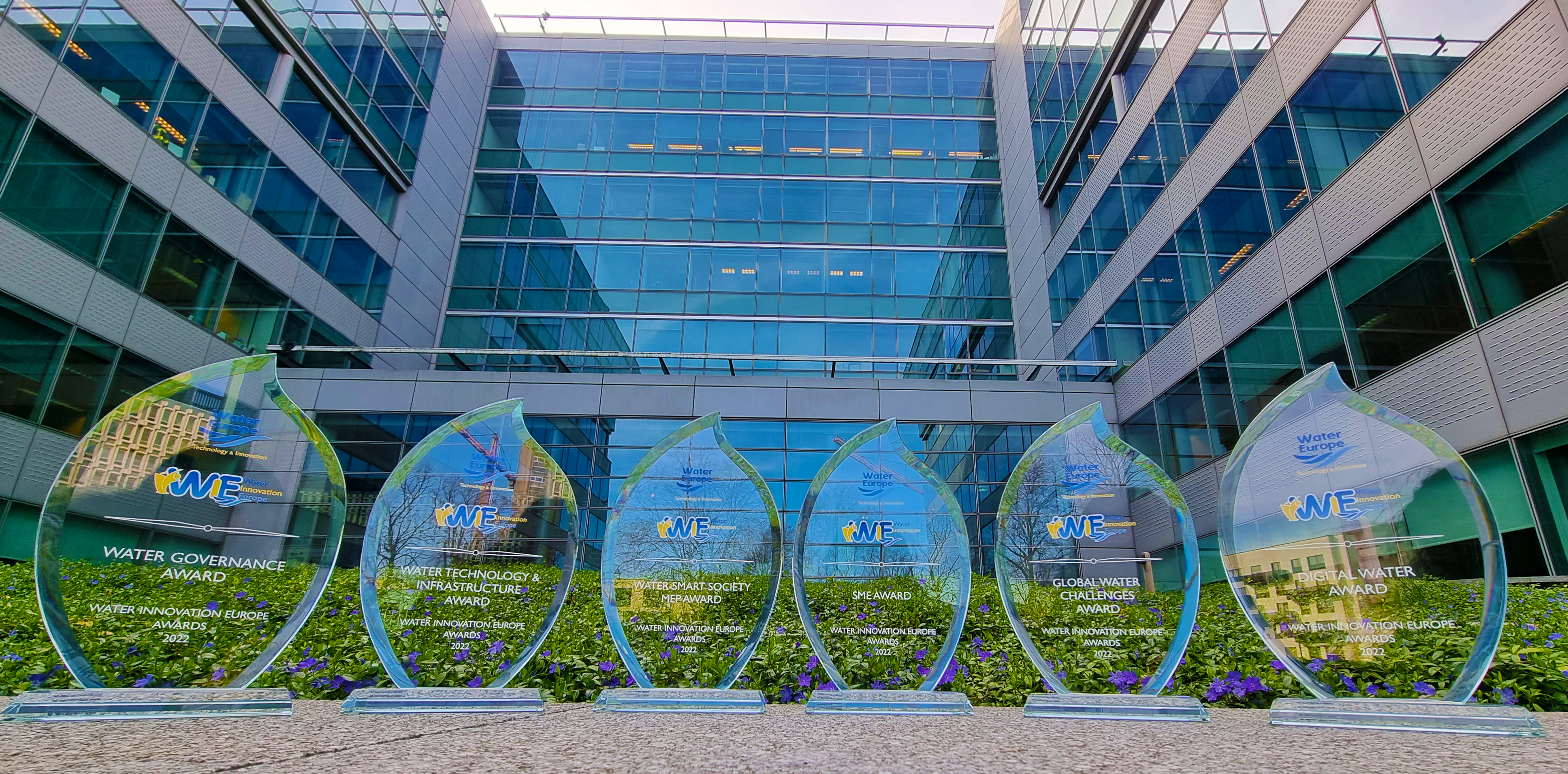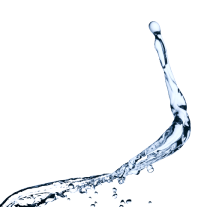According to the UN Environment, the tool Freshwater Ecosystems Explorer developed by the UN Environment Programme (UNEP) in partnership with Google and the European Commission’s (EC) Joint Research Centre (JRC), facilitate national reporting on freshwater ecosystems and allow governments to continue to meet their national environmental reporting obligations and stay on track to preserve and restore a healthy environment.
Freshwater Ecosystems Explorer is a free and easy-to-use data platform providing up-to-date, high-resolution geospatial data showing the extent to which freshwater ecosystems change over time. The site contains unique, first-of-a-kind water datasets through which users can visualize dynamic changes to permanent and seasonal surface water; reservoirs; lake water quality; wetlands and mangroves.
Because decisions on freshwater are made by varying levels of government (national and sub-national government authorities), data on the freshwater ecosystems explorer can also be visualized at different scales, from the national scale right down to small individual watersheds and lakes.
UNEP is the UN entity mandated to support countries with monitoring and reporting SDG indicator 6.6.1, which tracks changes to water-related ecosystems over time. In 2017, following UNEP’s request to all member states to provide national SDG indicator 6.6.1 data for the first time, this global data drive process revealed that less than 20% of member states were able to report on the changing extent of their freshwater ecosystems. The freshwater ecosystem explorer was conceived in response to this gap.
The EC-JRC’s earth observation and environmental monitoring scientists had an integral role in designing and developing the indicators and interface of UNEP’s new freshwater ecosystem explorer. They provided a synopsis of water-related ecosystems using the Global Surface Water Explorer, a JRC-Google Earth Engine tool that maps and analyses the dynamics of global surface waters over time, and the Global Reservoir dataset, which provides maximum reservoir area for major reservoirs at a global scale. The new tool also uses the Copernicus Global Land Service’s Lake Water Quality product, which was fine-tuned to meet the SDG requirements.
Click here for more information.




